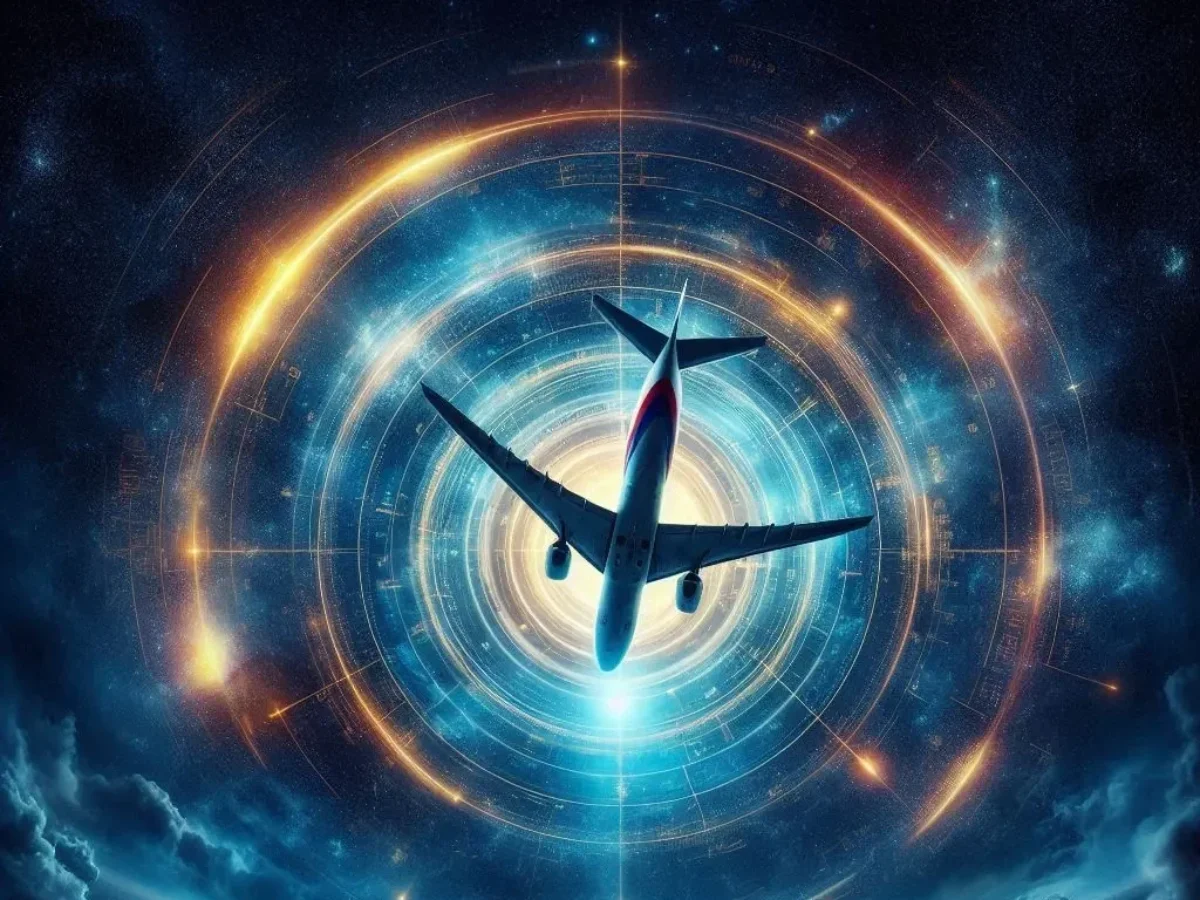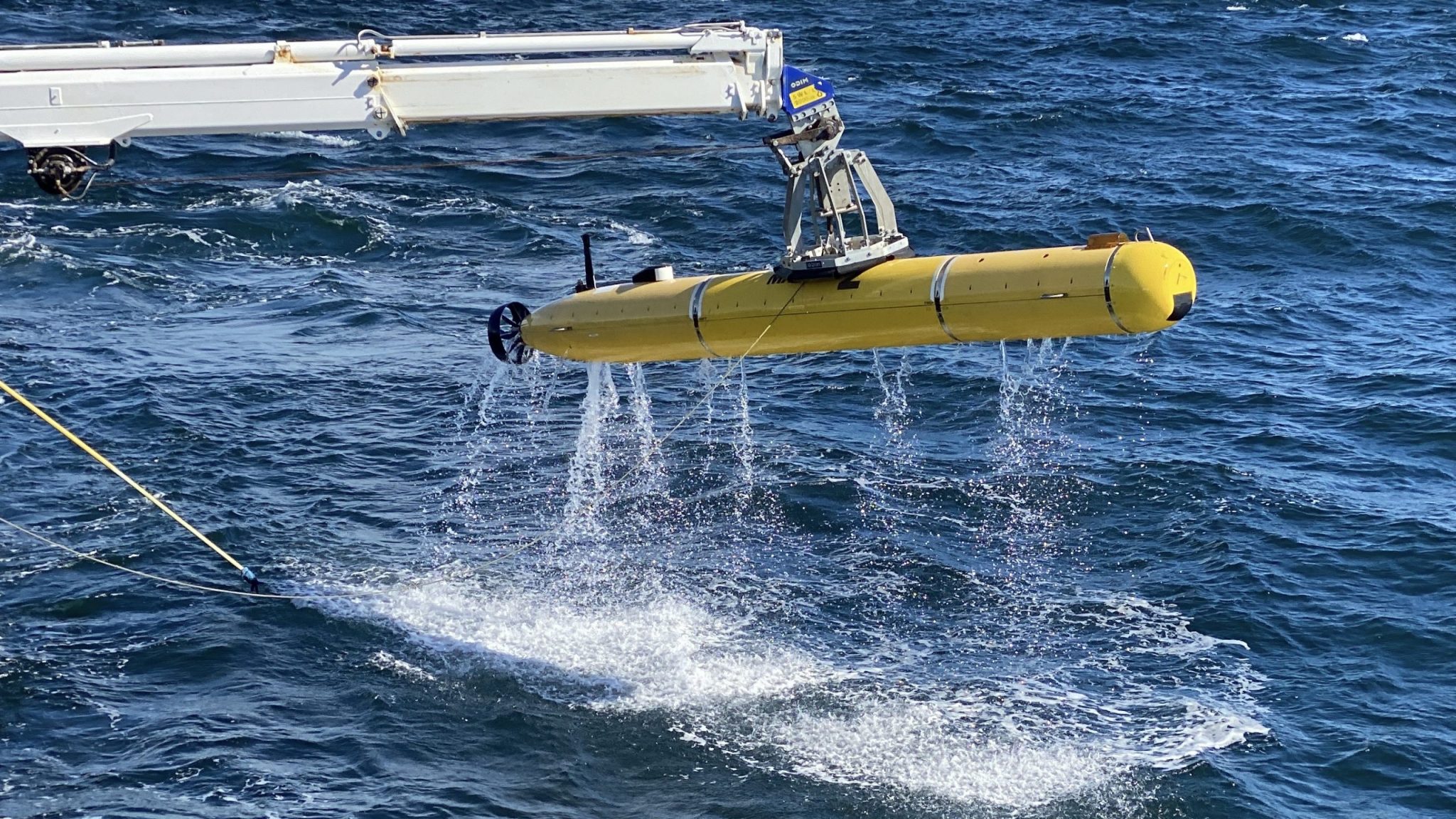
A New Hope in the Search for Truth
The Vanishing
It was a quiet night on March 8, 2014, when Malaysia Airlines Flight MH370 took off from Kuala Lumpur International Airport at 12:41 AM. The Boeing 777, carrying 239 passengers and crew, was headed for Beijing, a routine flight on a well-traveled route.
For nearly an hour, everything was normal. Then, at 1:19 AM, the co-pilot’s voice crackled over the radio: “Good night, Malaysian Three-Seven-Zero.” Moments later, the aircraft veered off its planned course. Within minutes, it vanished from radar, sparking an intense MH370 Search for Truth that has captivated investigators and the public alike.
The Endless Search
In the years that followed, nations came together in an unprecedented effort to locate MH370. Search teams scoured millions of square kilometers in the southern Indian Ocean, guided by fragments of satellite data and ocean drift models. Families clung to hope, waiting for news, any news.

Image Credits:mh370.radiantphysics.com
Debris began to appear on distant shores—a wing flaperon on Réunion Island, a piece of an engine cowling in Mozambique—but still, no sign of the main wreckage. As time passed, frustration grew. Had the search teams been looking in the wrong place all along?
A New Approach: Letting Machines Solve the Mystery
By 2024, hope had shifted from human intuition to machines—Artificial Intelligence (AI), Quantum Computing, and underwater drones—offering a fresh perspective on a decade-old enigma.

Image Credits: Linkedin/Aditya Chhabra
AI: The Digital Detective
For years, satellite images and ocean current data had been pored over by human eyes, yet vital clues may have been missed. Now, AI-powered algorithms were taking over, analyzing massive datasets at speeds no human could match.
- Old satellite images were re-scanned, detecting objects overlooked in previous searches.
- Ocean drift simulations were reconstructed, pinpointing how MH370’s debris could have moved across the currents.
- Machine learning models suggested new search zones, refining where teams should focus their efforts.
One researcher remarked, “AI doesn’t get tired. It doesn’t get distracted. It just searches, again and again, until it finds something.”

Quantum Computing: Simulating the Impossible
Traditional computers had struggled to piece together the complex puzzle of MH370’s disappearance. Enter Quantum Computing—technology so advanced it could perform calculations in seconds that would take normal computers years.

Image Credits: Ali Tech
With the power of quantum models, researchers could now simulate the intricate movements of ocean currents, winds, and even possible fuel exhaustion scenarios, making search predictions far more accurate than ever before.
Drones Beneath the Waves
While the surface search had yielded fragments, the wreckage lay somewhere deep in the abyss, where human divers could not reach. Autonomous underwater vehicles (AUVs), equipped with AI and high-resolution sonar, were now scouring the ocean floor.

Image credits: mbari.org
Unlike earlier missions that relied on manned submarines and towed sonar, these drones could operate independently, for months at a time, in the unreachable depths of the Indian Ocean. A new fleet was set to deploy by early next year, offering the best chance yet to locate the wreckage.
The Human Factor: Hope and Determination
For families of the missing, time had done little to ease their pain. Many had waited for answers for over a decade.
Among them was Ghyslain Wattrelos, who lost his wife and two children on MH370. He had spent years pushing for new investigations, believing that technology might succeed where humans had failed.
“I refuse to believe that a plane can just vanish in the modern world,” he said. “We have the tools now. We just need the will to use them.”

Image credits: Daily Mail
What Lies Ahead
The search for MH370 is more than just a mission to locate a missing aircraft—it is a test of human resilience and technological evolution.
Beyond solving this mystery, AI, Quantum Computing, and underwater exploration are redefining aviation safety, search-and-rescue missions, and deep-sea mapping. The legacy of MH370 could reshape the future of air travel, ensuring that no plane ever disappears without a trace again.
As AI continues scanning data, Quantum Computing refines simulations, and underwater drones probe the abyss, one thing remains certain: The search isn’t over. The truth is still out there.
IS360 Can be Reached at
Sharing is caring!

